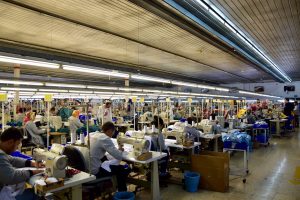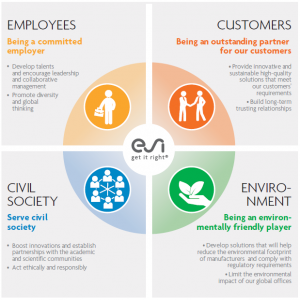Spencer Jones
In 2002, in an attempt to save money and in a wake of government setbacks, New York’s Metropolitan Municipal works decided to no longer collect recyclables such as glass and plastics. Cutting back on recyclables ended up saving the city a total of $65 million. The system was flawed from the start with multiple routes and confusing sorting techniques and a lack of consumer education, so the city really had no other option. Eventually the citiy’s landfills began to fill, and suddenly the price of recycling became profitable, ending a two-year drought of recycling.
But what is the true cost of recycling? How much does your one misplaced bottle really affect the recycling program? Every day we are faced with a decision on where to place our leftover paper cup. However, there are so many issues on what goes where. The classic example is pizza boxes; these “would be recyclables” are often times covered in too much grease to truly be recycled, forcing workers to sort through tons of recycling. In some cases, if a batch is comprised of more than 20% of non-recyclable material, the batch is sent to the landfill.
The cost of recycling ranges from $20 to $50 per ton, depending on the route and location of the municipal facility. Reusing materials and products such as plastic is more economically sound than recycling glass; only 1/5th of the energy is saved from recycling glass, and hard plastics which require special bleaching and cleaning process to make viable again. Broken glass is one of the most difficult materials to recycle since shattered glass cannot be melted down to form another bottle. However, innovative companies are repurposing glass bottles into consumer products.
Aluminum, however, is the most recyclable product that we know of; more than 90% of cans and automotive parts are recycled. This is due to a mixture of supply and demand and educational efforts to recycle aluminum. Chances are that there is a 75% chance that the aluminum can that comes off the supermarket chance has been used before.
But why did NYC decide to cut recycling plastic and glass out of their daily recycle route? This is simply due to the fact that plastic and glass are really expensive to recycle and often times do end up in a landfill anyways despite being recycled. Plastic requires a lot of energy to melt down into the pellets it once was. However, eventually all plastics will return to the small hard beads from which the product was born. This period is considerably longer than we would like: roughly 450 years. Glass is by far one of the least profitable forms of recycling since materials to make new glass are much easier and more energy efficient than aluminum; since sand is readily available and cheap. Another challenge with glass is transportation and unknown structural strength within intact bottles. Most times with recycling glass, faculties just crush the glass until it is sand once more. Some companies use this to make new bottles or it is used in other commercial ventures.
However, that one misplaced bottle can cause quite an impact to the recycling industry and sorting process. If glass is shattered in a paper container, that entire batch will be scrapped for workers safety. Since glass is relatively worthless to recycle, many municipalities won’t accept glass, but consumers still recycle it anyway. A North Carolina Municipal plant throws away about 30 to 40 tons of paper everyday due to contamination.
Recycling has become a key part of our social ecosystem and is encouraged for a sustainable future. Even though some objects are more recyclable than others, it is always better to reduce the amount of these products you buy and encourage reuse of ones that you do. Recycling is the last step and the least energy efficient out of the other two options in the recycle triangle we learned in elementary school. Recycling is expensive, but sometimes the materials saved and reused end up with a profit.
https://www.thoughtco.com/benefits-of-recycling-outweigh-the-costs-1204141
http://large.stanford.edu/courses/2012/ph240/micks2/
https://www.aluminum.org/industries/production/recycling
http://theconversation.com/why-cant-all-plastic-waste-be-recycled-100857
https://www.thebalancesmb.com/how-long-does-it-take-garbage-to-decompose-2878033
https://www.energycentral.com/c/ec/how-big-impact-does-recycling-make-environment










